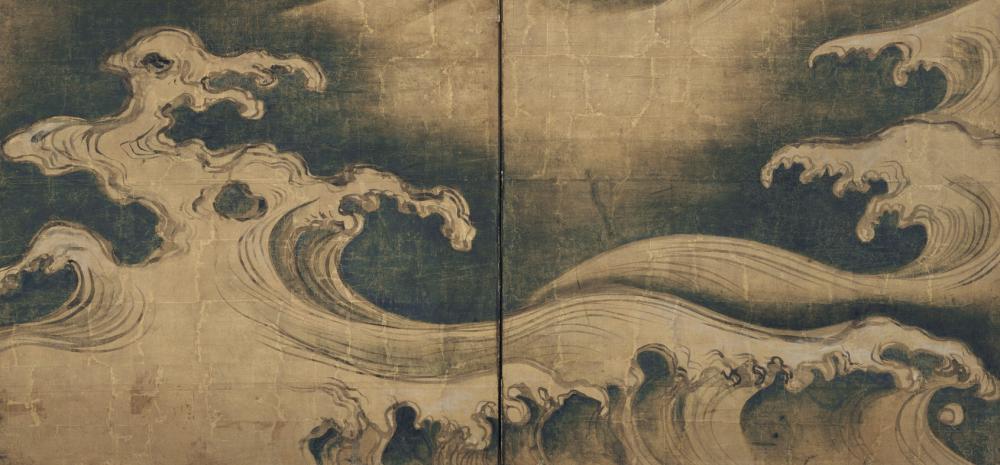
Two islands, each of them called: Deserta, accompany in the Renaissance world map of Johannes Ruysch another island located in the extreme north of Europe, its name is Hyperborea. To the West, at the Northern end of the American continent, there is a fourth island, Aronphei. The four pieces of land are surrounded by a sea, whose name evokes the swirling movements of the water that absorbs everything by means of the magnetic force of the centre of the North Pole: Mare Sugenum.
This is the title of the first of the four sections of Hyperborea, comprised of unpublished academic works derived from transdisciplinary research with the European culture by subject. Mare Sugenum is, in short, the whirlpool where the arts merge with each other as if behind the thick glass of an aquarium, where we can contemplate and interpret the communicating vessels that make up the culture of our time.
Kino, on the other hand, is a section that unfolds like a screen onto which independent filmmakers project their works and reflections in dialogue with specialists of art films. In it, images, texts and sounds make up their own and ever changing cartography. Its experimental nature questions the scope of words and photographs inasmuch as their only reference. Thus, the section does not exclude and, instead, privileges the presentation of fragments of art films.
The section of the journal dedicated to literary creation takes its title from a portrait of Édouard Manet made by the engraver Felix Bracquemond: Manet et Manebit, according to Poulet-Malassis’ formula. All three of them were friends of the author of Les Fleurs du mal. Manet —like Baudelaire himself in regards to poetry and art criticism— took painting to a place where it had never been before. This section is a reminder of the alliances with which these writers and artists were able to inaugurate, in the mid nineteenth century, a path towards literary experiments that «remain and will remain» in time.
41º 9 'S 71º 8' O
Such are the precise coordinates of the physical place where Hyperborea is born aligned with the constellation of geographical features and the diversity of human geographies, a point where diverse local and transnational spaces and flows converge, and from which a series of contingent lines is configured, one of which intersects with that space of conflicting definition that we call «Europe». The coordinates mark that point of contact between the two latitudes and hemispheres that must be translated in the simplest sense of the term. This section recaptures and offers in unpublished Spanish version, canonical studies on the relations between Europe and America.






